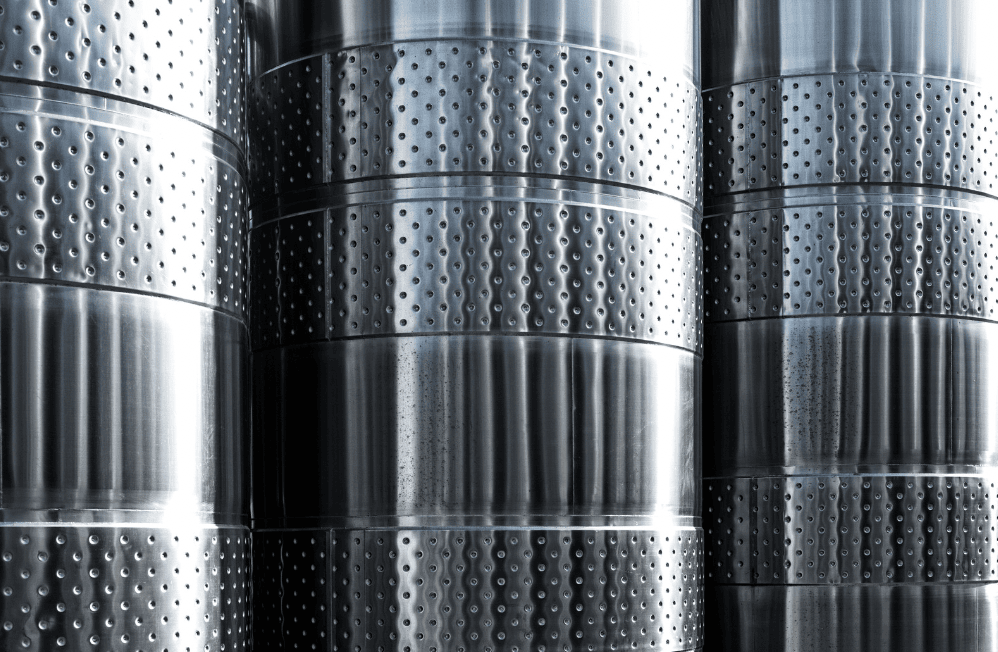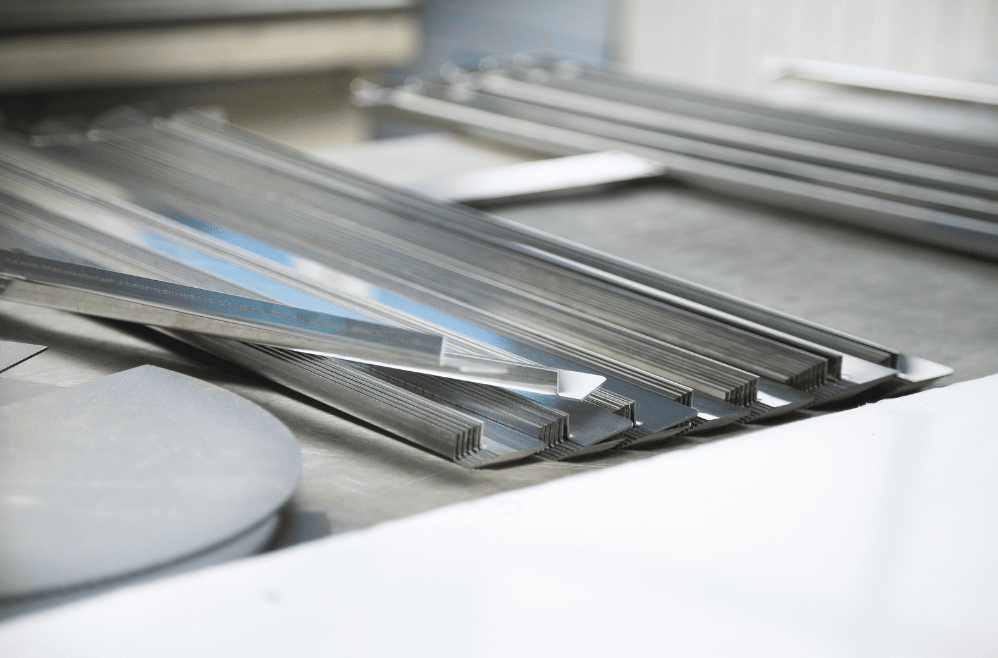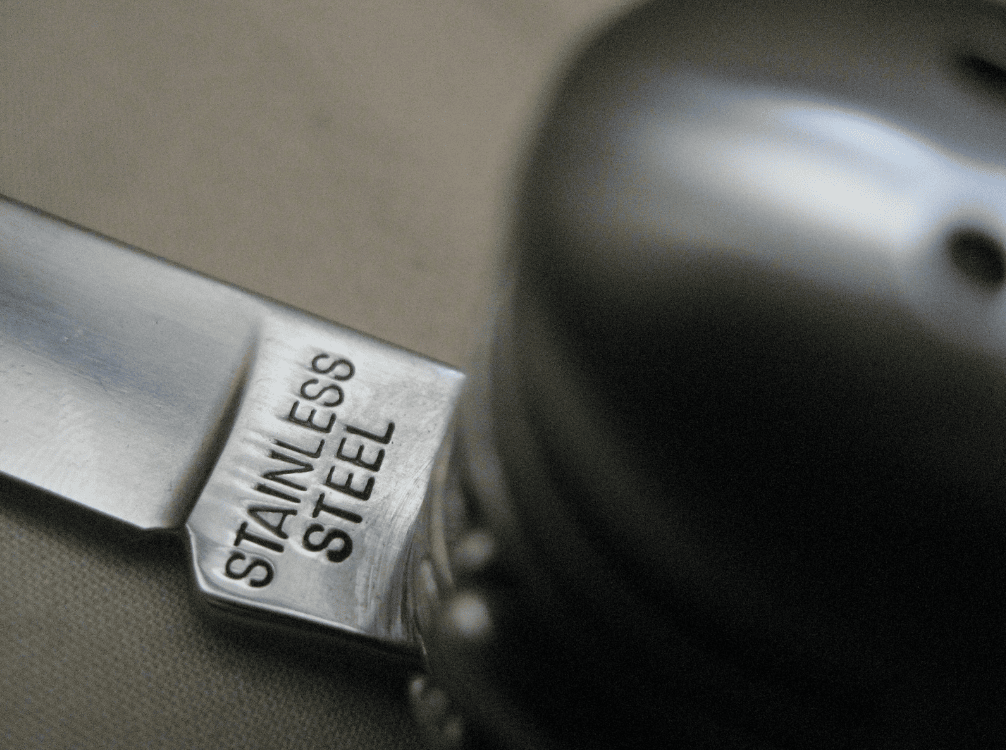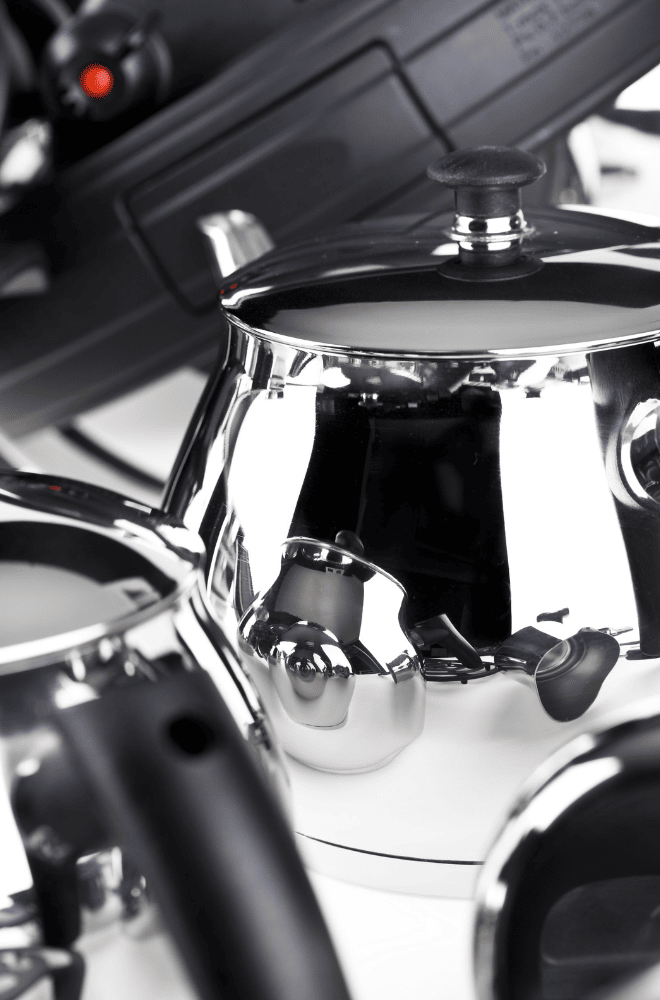The Difference Between Stainless Steel 304 and 201: What You Should Know to Choose the Right Kitchen Sinks
2022-09-15
The Difference Between Stainless Steel 304 and 201: What You Should Know to Choose the Right Kitchen Sink

You're about to buy a new stainless steel kitchen sink and you're wondering if there's any difference between stainless steel 304 and 201. After all, they both seem like great materials for creating durable and long-lasting stainless steel sinks.
In the previous artile (click here), we talked about things you should know to pick the best sink for you, but we still leave the difference between these two grades of stainless steels unexplained. So, which one should you choose for your kitchen sink? Here's what you need to know.
What is 304 stainless steel

304 is a type of stainless steel material with a high percentage of iron and chromium. It belongs to the stainless steel family, which means it resists rust and corrosion. It's made up of 18% chromium and 8% nickel, making it highly resistant to corrosion. This makes it a great choice for areas where there is a lot of water or moisture, such as in kitchens and bathrooms. Cresheen uses food grade quality 304 stainless steel (SUS304 in Japanese standard; STS304 in Korean standard) in all of our kitchen sinks since 304 is the most widely used stainless steel in high-end kitchenwares and it's also safer for daily kitchen use.
304 Advantage List
Has a higher melting point, so it can withstand high temperatures
Is more resistant to rust
Good corrosion resistance
Better heat resistant steel
Make a more durable sink
Safer for food contact so is better to be used in food production equipment as well as daily kitchen use
Non-manegetic
What is 201 stainless steel
Stainless steel 201 is less commonly used but it's also an option for kitchen sinks. Like 304 stainless steel, it is a type of austenitic stainless steel. 201 stainless steel is another type of stainless steel that is often used in appliances and cookware. It's made up of 16% chromium, 3% manganese, and 5% nickel. This material can be magnetized.
So, what does this mean for you? If you're looking for a sink that will withstand a lot of wear and tear, then stainless steel 304 is a good choice. However, if you're looking for a sink that is less likely to show signs of wear over time, then stainless steel 201 might be a better option.
What's the difference between 304 and 201 stainless steel?
Both 304 and 201 are types of stainless steel that are commonly used. However, they have a few differences.
| Difference between stainless steel 304 and 201 | ||
| Type | 304 Stainless Steel | 201 Stainless Steel |
| Composition | 18% Chromium | 16% Chromium |
| Composition | 8% Nickel | 5% Nickel |
| Magnetic properties | Non-magnetic | Magnetism |
As summarised in the following table, the most important difference is chemical composition - chromium percentage and nickel content in each material. 304 stainless steel has a chromium percentage of 18 percent, while 201 has a chromium percentage of 16 percent. The other major difference between 304 and 201 stainless steel is their magnetic properties. While 304 stainless steel is not magnetic, 201 has a small amount of magnetism.
Therefore, the differences of chemical composition make up the major differences between these two materials, in terms of their resistance to corrosion. 304 stainless steel is more corrosion-resistant than 201 stainless steel.
How to identify 304 and 201 stainless steel?

If you're shopping for stainless steel products and want to make sure you're buying the right grades, there are a few ways to check the type of stainless steel used. There are also some visual cues you can look for when examining the product. For example, the sink surface, Cresheen uses a brushed finish on all of our stainless steel sinks, which gives the surface a satin-like/matte appearance. This finish hides scratches and fingerprints well. Generally, a dull or matte surface is usually an indication of 304 metal.
Check the grade stamp
A grade stamp is a symbol that indicates the type of stainless steel used in the product. If you see a stamp of 304, you're dealing with 304 stainless steel sink.
Check the composition
You can also check the composition of the steel to identify the correct material. For example, 304 steel sink has a composition of 18% chromium and 0.08% carbon.
Examine the product
You can also look at the product visually to identify the correct grade of stainless steel. 304 stainless steel is shinier than 201 stainless steel, so a product that is shinier than you expect may be a 304.
Why choose 304 over 201 in kitchen sink?

If you're choosing between the two grades of stainless steel sink for kitchen sinks, there are a few reasons to go with the 304.
304 has a higher chromium content and is therefore more corrosion-resistant. This means it will last longer than a 201 stainless steel sink.
Also, 304 stainless steel is stronger than 201 stainless steel. So, you can expect your sink to be less prone to denting or cracking.
Last but not least, 304 stainless steel has a higher price point than 201 stainless steel. So, if cost is a factor, you can go with the more cost effective 201. Keep in mind that although 304 stainless steel is more expensive, it is a more valuable grade. So, you can expect to pay a little more for 304 stainless steel kitchen sinks.
Conclusion

When you're deciding which type of stainless steel to use, you’ll want to consider your type of kitchen and the surrounding housing environment in which the sink will be used. When you have a clear understanding of what each type can do, choosing between 304 and 201 will be a breeze.
Keep in mind that 304 stainless steel is the more durable material and is better suited for projects that see a lot of corrosion. So, it’s a great choice for kitchens where you will see water or other corrosive elements. If your kitchen sink will be exposed to a lot of moisture, then it’s a good idea to use 304 stainless steel. Likewise, if you want something that will last a long time, 304 stainless steel is a good choice.
Cresheen is a b2b supplier and professional wholesaler in designing and manufacturing sus304 stainless steel kitchen sink. We use food grade 304 stainless steel. No matter which type of stainless steel you choose, Cresheen can help you find the perfect kitchen sink for your needs. We're a leading supplier of stainless steel sinks, and we offer a wide range of options to choose from. Contact us today to find out more.
FAQ
Question: When to use 304 stainless steel?
Answer: When durability and rust-resistance are your main concerns, 304 is a great option. 304 stainless steel is also a great choice if you plan on using your metal in marine environments, like a boat. Since it can resist saltwater, it’s a great material for boat rails and other outdoor settings where you may see water.
Question: When not to use 304 stainless steel?
Answer: Indeed, 304 stainless steel are often used in higher quality sinks because of tis better corrosion resistance. However, it’s not the best grade for extreme temperatures. This grade of stainless steel is best when used in moderate temperatures.
Question: When to use 201 stainless steel?
Answer: If you’re looking for a type of stainless steel that’s a bit less expensive than 304 stainless steel, 201 is a good option. 201 stainless steel is a great choice if you’re looking for a hardy and strong grade of stainless steel that is still very affordable.
Question: When not to use 201 stainless steel?
Answer: While 201 stainless steel is a great choice for many applications, it’s not the best option for environments where it will see a lot of water. This grade of stainless steel can rust in high-moisture settings.





